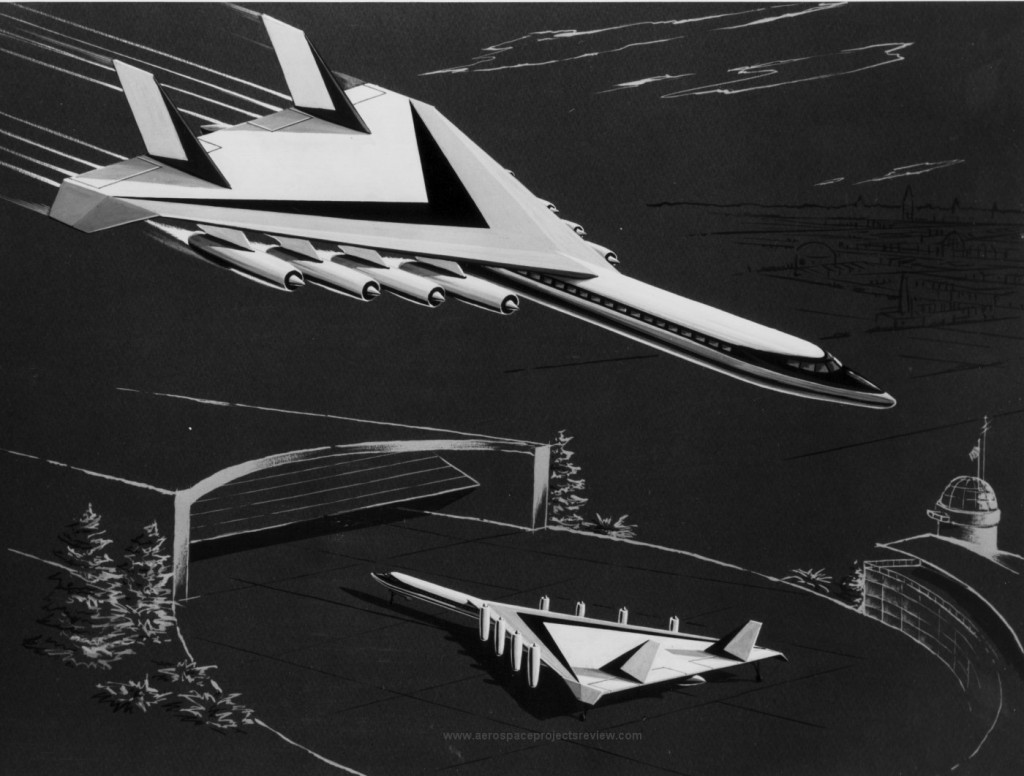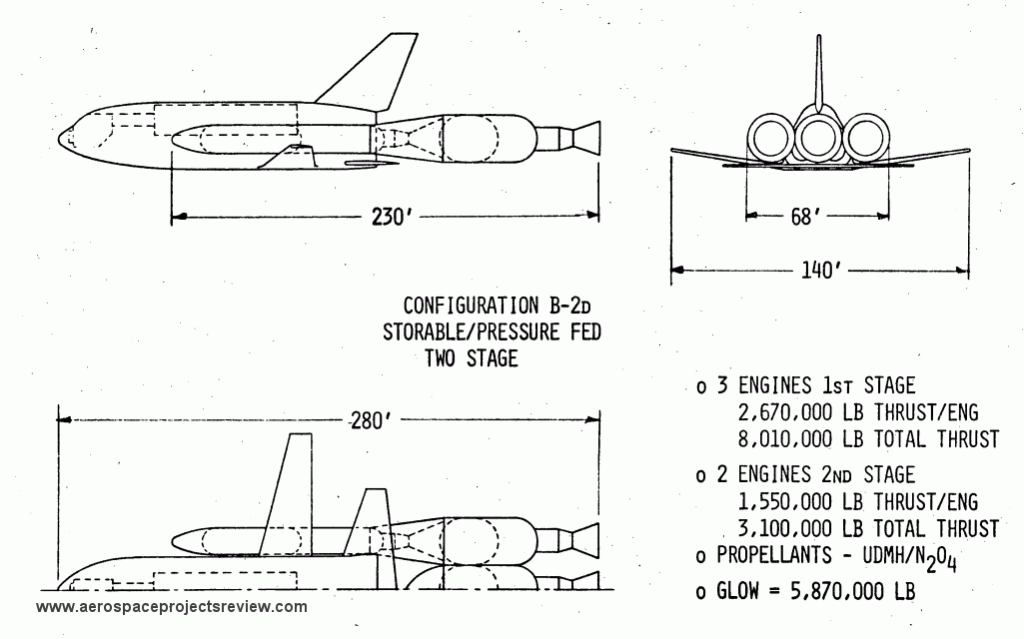A 1960’s concept painting from Bell depicting a vertical takeoff and landing supersonic transport. The eight individually podded turbojet engines were hinged so that they could rotate upwards at least 90 degrees, providing vertical thrust. It’s far from certain that this was an actual engineering effort as opposed to pure artistic marketing. Exactly what benefit there would be in a VTOL SST is anyones guest.
I defy you to figure out what the moral of the story is here. I also defy you to watch this and not laugh. NSFW language & stuff…
[youtube tyHgGWFwDbg]
You know, I can understand German Jews wanting to do some public outreach. After all, it wasn;t so long ago that being a Jew in Germany came with a few downsides, and that time seems to be coming again. So, sure. Jews in Europe have a historical reputation – deserved or not, I can’t say – for being rather insular; that’s never a good way to relate with a larger surrounding population that tends to get kinda jumpy from time to time. So the Jewish Museum in Berlin has decided to do some public outreach, to teach the 82 million or so non-Jewish Germans about the 200,000 or so Jewish Germans. But their choices in how to do that seem kinda… uh..
Outrage at ‘Jew in the box’ exhibition in Berlin museum where participant sits in glass cage for hours answering questions
Another display is a group of hats with “How can you recognize a Jew?”
Oy vey.
First Love Child of Human, Neanderthal Found
The skeletal remains of an individual living in northern Italy 40,000-30,000 years ago are believed to be that of a human/Neanderthal hybrid…
If true, this lends credence to the point of view that Neanderthals *didn’t* go extinct, but simply merged with Homo Sapiens.
Sri Lanka police stand by as Buddhist monks attack Muslim-owned store
It’s not often you hear about Buddhists fighting back against Muslims, but I suspect there’ll be more of this sort of thing in the future as things will only get worse.
If you want to trash a steel structure, one way to do it is to introduce hydrogen. Hydrogen can diffuse into the steel from outside, or it can be introduced during manufacturing; it then seems to work in much the same way that water and water ice introduced into micro-cracks in rocks can, over time, expand and contract to cause the cracks to be forced apart. Hydrogen embrittlement is a well-known phenomenon, and is of course to be avoided for any important load bearing steel structure. It’s fairly rare… it’s actively avoided in manufacturing, and where do most structures encounter molecular or atomic hydrogen out in the wild? But then this happened:
Hydrogen found in damaged Bay Bridge steel rods
It seems that 32 large steel rods on the new eastern span of the Bay Bridge connecting San Francisco to Oakland snapped, with hydrogen detected in at least some of the broken rods.
There was apparently a bit of a controversy over the steel used in constructing the bridge… the bulk of it came from China. But the bolts in question came not from China, but from Ohio. It appears that the hydrogen was probably introduced into the rods during the galvanizing process; water dissolved in the molten zinc the rods were dipped in broke down into hydrogen and oxygen. The high temperature only made the hydrogen diffusion into the steel that much more effective.
The rods in question are part of the system to protect the bridge against earthquakes. Ooops.
Heh.
[youtube 4hnBp7x2QAE]
That Time Houdini Threatened to Shoot All the Psychics
Where we read about the letter to the editor that Houdini helped write that asked if putting a bullet in a ghost at a seance would be a crime if a dead body fell to the floor… and how, reportedly, for a year after the letter was published the professional spiritualists stopped “materializing” spirits and stuck to pulling flowers out of their ghost-holes.
A Grumman alternate Space Shuttle concept with a low cross range orbiter and a series of pressue-fed storable-propellant rockets for the first and second stages. Pressure-fed boosters like this are heavy and relatively low-performance, but also relatively simple and cheap. The heavy construction required for the large high-pressure tanks makes them readily recoverable and refurbishable.
Setting off several Prince Rupert Drops, with a 130,000 frames per second camera watching the show. The stress-relieving explosion propagates through the glass at about a mile per second.
[youtube xe-f4gokRBs]
Science is always best when it’s well explained and explodey.



